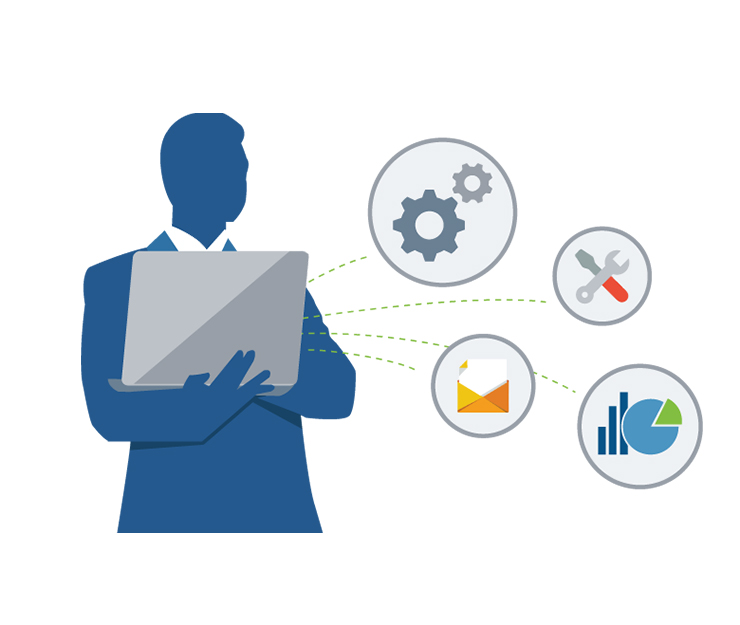

- Home
- About Us
- Our Services
- Industries
- Intellect Careers
- Case Studies
- Blog
- Booking Consultations
- Contact Us
Enhancing Operational Efficiency with SAP FIORI Dashboards
- Home
- Case Studies
- Enhancing Operational Efficiency with SAP FIORI Dashboards

Our client is a global leader in the tyre manufacturing industry, with production plants and distribution networks spanning multiple countries. With a commitment to quality, innovation, and sustainability, the company plays a crucial role in supplying tyres for commercial, industrial, and consumer markets. As a part of their ongoing digital transformation journey, the client aimed to modernize and streamline their warehouse operations using data-driven tools and real-time analytics. With SAP as their core enterprise platform, they were particularly interested in enhancing their current systems rather than introducing entirely new technology stacks.
In their day-to-day warehouse activities, the client encountered several challenges tied to visibility, efficiency, and manual processes. Their existing methods of tracking physical inventory and delivery picking were outdated and lacked real-time insights. Management teams often relied on manual reporting or ad-hoc communication to monitor progress, which led to inefficiencies, delays, and inconsistent data. Recognizing the growing need for agile and responsive operations, the client sought a solution that would provide live dashboards for key warehouse functions, without incurring the costs and complexities associated with third-party tools.
After evaluating several options, the client turned to us for a solution that would make optimal use of their existing SAP HANA and SAP FIORI infrastructure. Our goal was to deliver a fully integrated dashboard system that would provide immediate value and support continuous improvement across the warehouse floor.


The client was experiencing multiple operational pain points that impacted the effectiveness of their warehouse operations:
The primary objectives of this initiative were clear:
Following a comprehensive needs assessment, we proposed a tailored solution built using SAP FIORI, the SAP UI5 framework, and SAP OData services. This allowed us to build lightweight, responsive web applications that seamlessly integrated with the client’s existing SAP HANA database.
Our solution consisted of two primary dashboard applications:
This dashboard was designed for visibility into ongoing inventory activities. Displayed on a large screen within the warehouse floor, the application pulled real-time data on bin statuses, product counts, and overall progress. Key features included:
This solution allowed warehouse personnel and supervisors to stay informed on daily targets and identify delays immediately.
The second application provided a zone-level view of order picking activities across the warehouse. It enabled the team to track delivery progress by warehouse section, monitor task completion, and intervene where necessary. Key highlights included:
Together, these dashboards served as a centralized command center for warehouse operations, promoting faster communication and improved coordination.

By leveraging this tech stack, we were able to deliver a fully integrated and scalable solution that aligned with the client’s IT standards.

The implementation of SAP FIORI dashboards had an immediate and measurable impact: